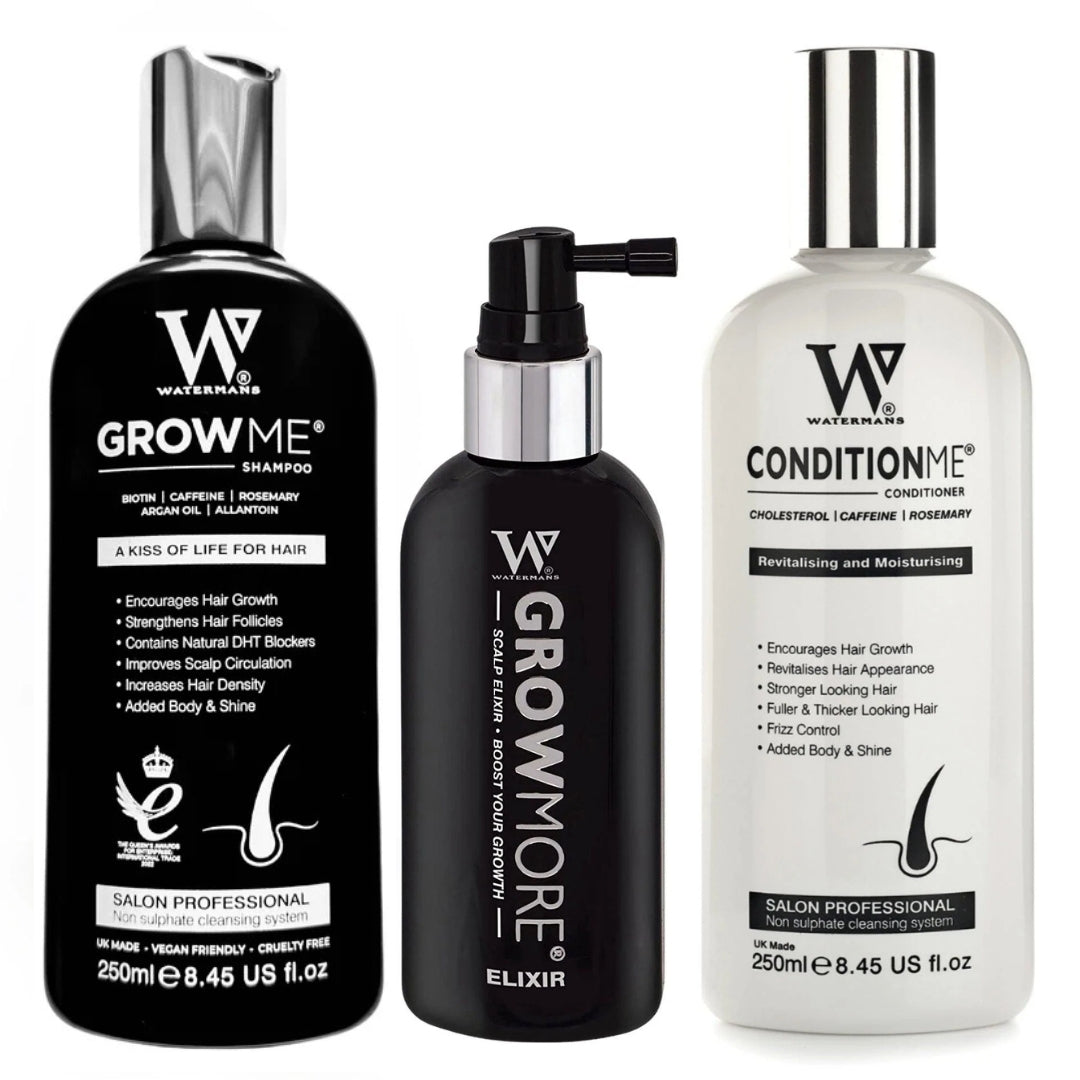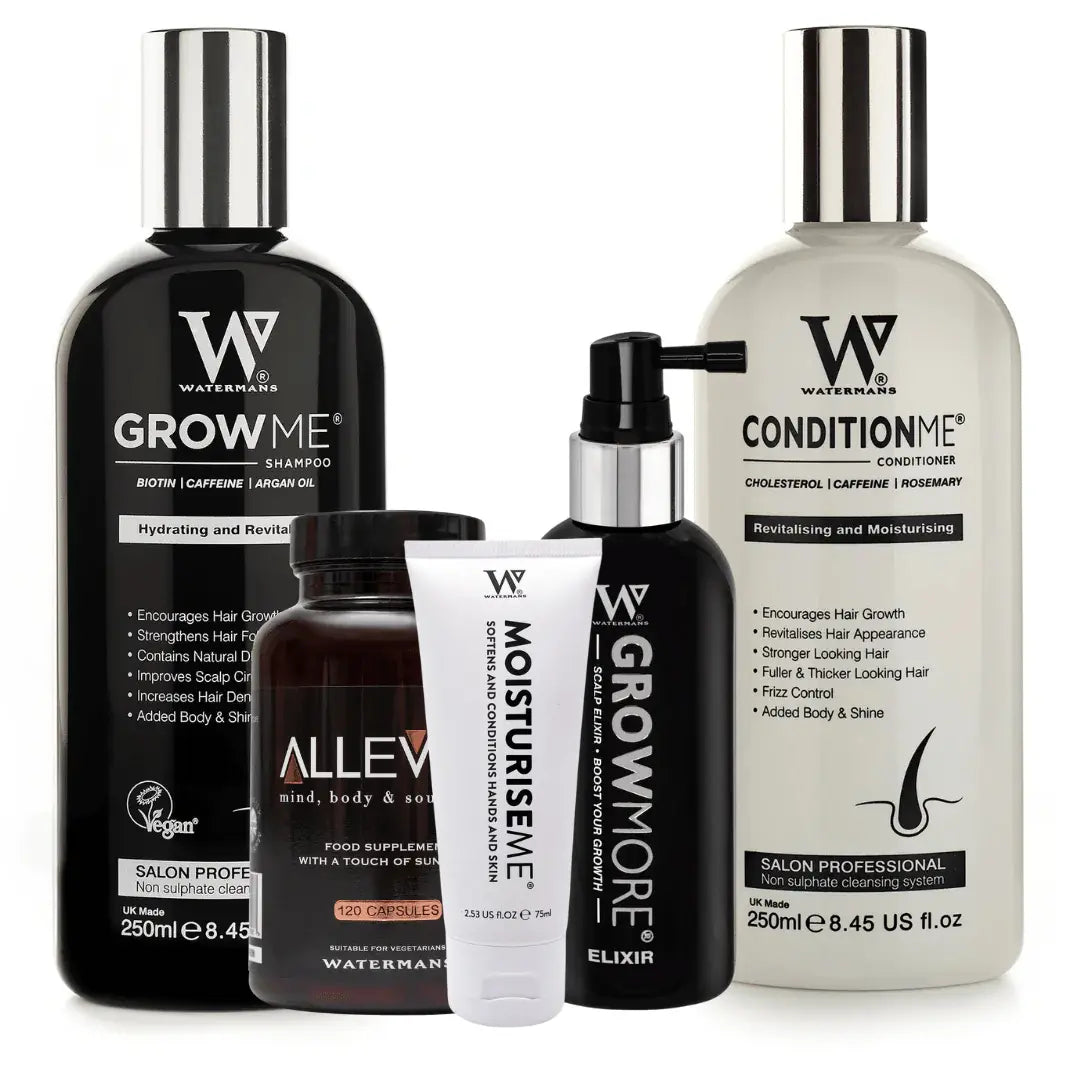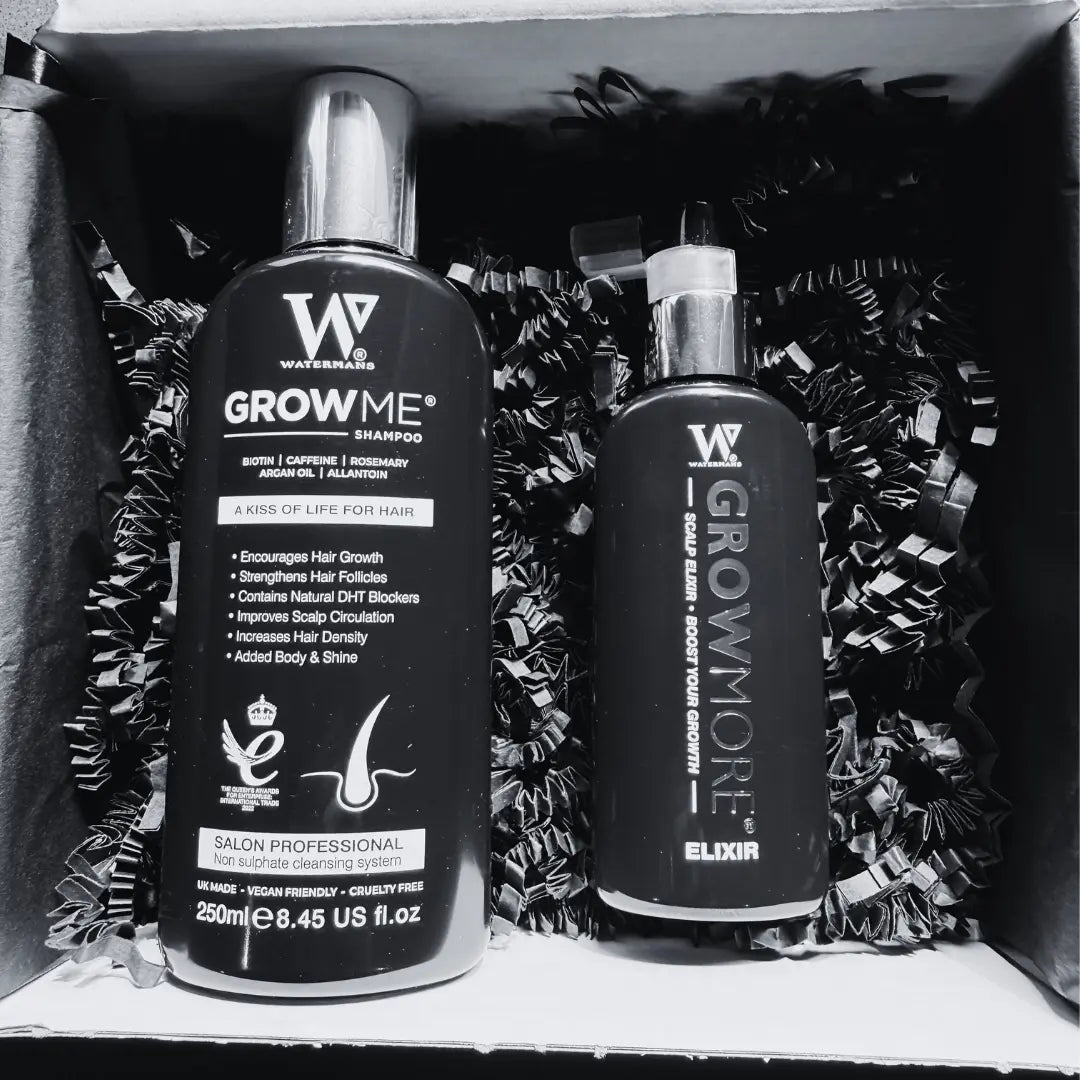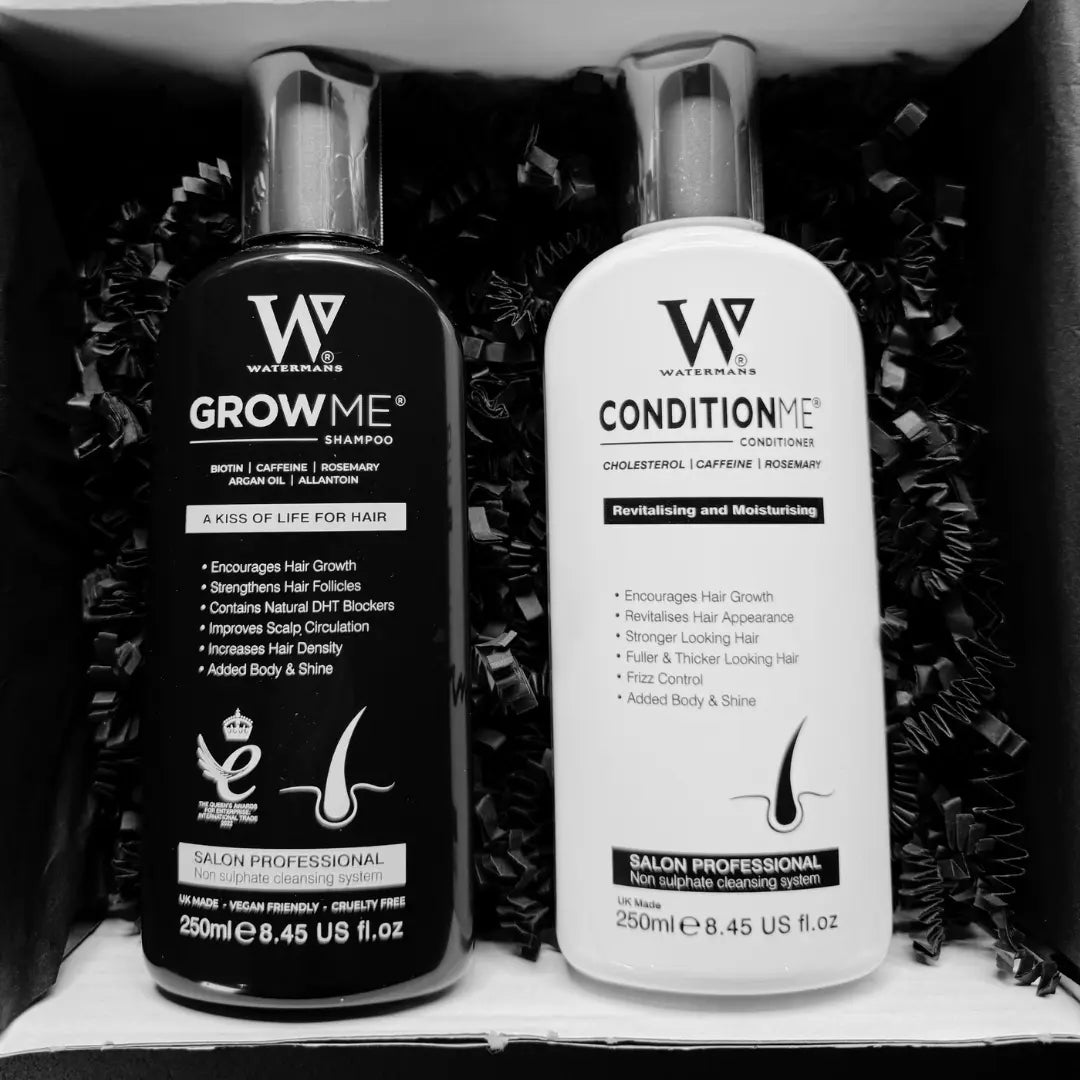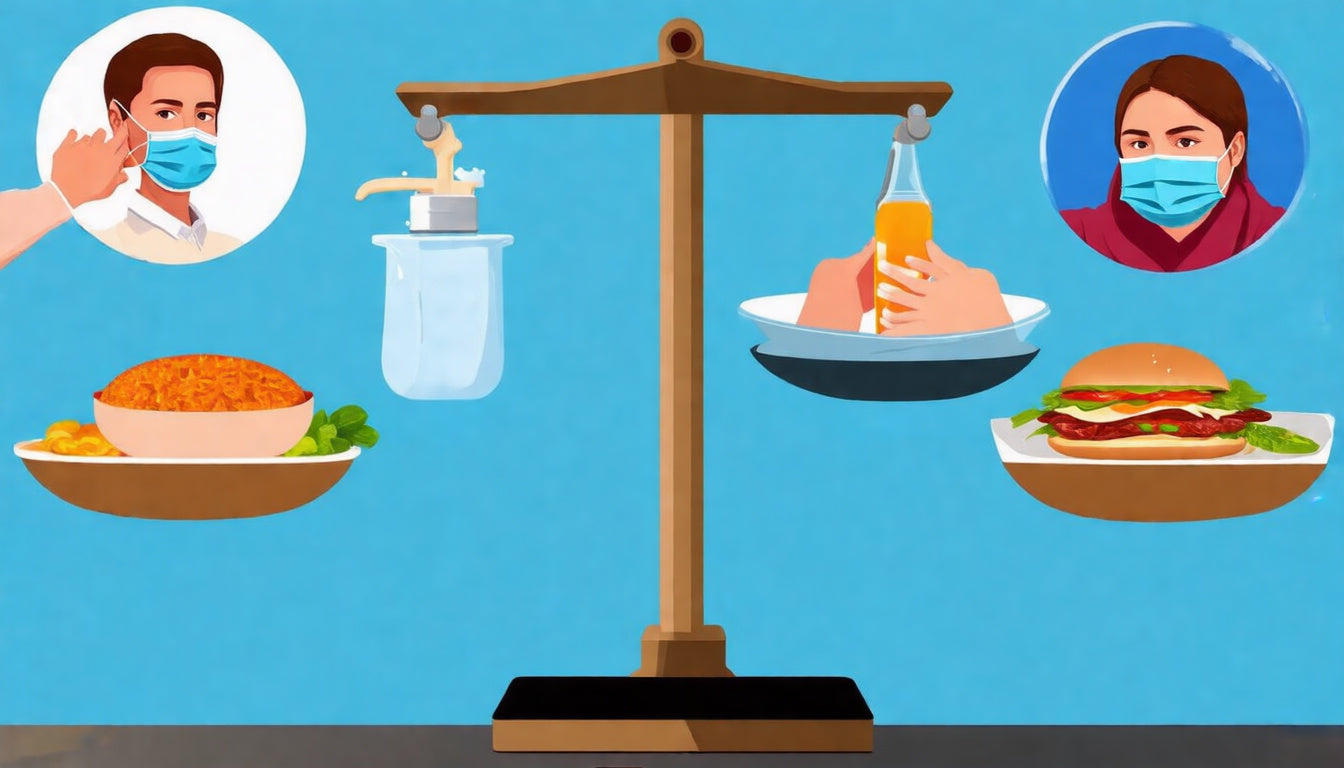
Navigating the Fine Line: Hygiene Practices vs. Personal Choices in Everyday Life
Maintaining good hygiene is essential for health and well-being, but it often intersects with personal preferences and cultural practices. Understanding where hygiene ends and personal choice begins can help individuals craft routines that promote cleanliness without compromising their individuality or comfort. This balance is especially noticeable in daily activities like shaving, face washing, nail care, and grooming.
The Importance of Hygiene in Daily Routines
Hygiene practices are fundamental to preventing illness and promoting a sense of well-being. Regularly washing the face, feet, and maintaining clean fingernails are critical steps to reduce bacterial buildup and avoid infections. For instance, washing the face every day removes dirt, sweat, and excess oils, helping to prevent acne and other skin problems. Similarly, washing feet daily controls odor and fungal infections, especially in warmer climates.
Cutting nails is another hygiene imperative. Clean, trimmed nails prevent the accumulation of dirt and bacteria under the nail bed and lower the risk of infections like paronychia. Filing nails, while often viewed as a personal grooming choice, also contributes to hygiene by ensuring smooth edges and reducing nail damage.
Where Personal Choice Meets Hygiene
Many grooming routines blend hygiene with personal preference, and distinguishing between the two can be subjective. Take hair shaving and threading—while shaving can be driven by hygiene concerns such as removing dirt-trapping hair, it often reflects personal style. Threading, primarily seen as a grooming method for eyebrow shaping, is largely a personal aesthetic choice, though it can also contribute to facial cleanliness by removing stray hairs.
Similarly, decisions about eyebrow threading versus waxing or plucking usually come down to personal comfort and convenience rather than strict hygiene.
Balancing Bedding Hygiene with Comfort
Bed linens play a crucial role in hygiene because they collect sweat, dead skin cells, and dust mites, potentially causing allergies or skin irritations. Regular washing of bedding is essential, yet personal preferences for fabric type, washing frequency, and detergents used can vary widely.
Finding a rhythm that suits your lifestyle ensures both cleanliness and comfort. For example, some may prefer washing sheets weekly, while others might do so biweekly based on exposure to dirt and sweat.
Developing a Hygiene Routine That Respects Personal Preferences
Crafting a hygiene routine that balances cleanliness and personal choice involves:
- Understanding essential hygiene tasks: washing face, feet, changing and cleaning bedding, trimming nails.
- Incorporating personal grooming preferences, such as shaving or threading based on comfort and aesthetic goals.
- Listening to your body and environment: Adapting frequency and methods based on skin sensitivity, activity levels, and climate.
Conclusion
Navigating the fine line between hygiene practices and personal choices is key to building a sustainable, effective grooming routine. Recognizing which activities are hygiene necessities and which are personal preferences helps ensure that cleanliness and individuality coexist harmoniously in everyday life.
For those interested in enhancing their hair and personal care routines, exploring specialized products designed to support scalp and hair health can be beneficial. Learn more about how to care for your hair effectively by visiting Watermans hair products.
By appreciating both hygiene and personal choice, individuals can maintain health while embracing their unique preferences, fostering confidence and well-being in every aspect of their daily life.


